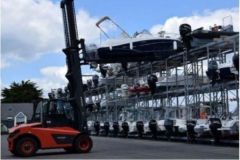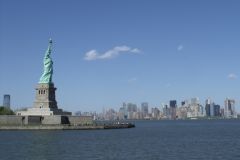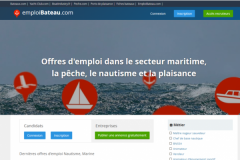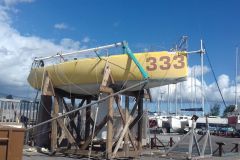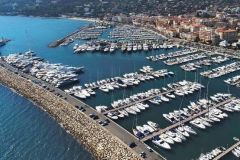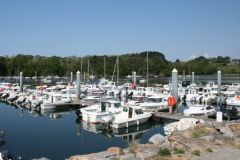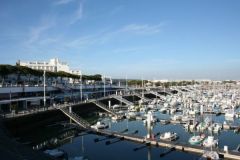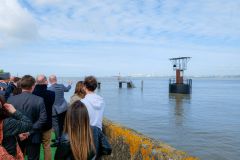An ISO standard for clean ports
The French Federation of Marinas, or FFPP, has announced the launch of a process for the creation of an ISO standard on the environmental management of marinas. This standard is intended to be applied worldwide, like all the texts established by the ISO. Guillaume Nardin, general delegate of the FFPP, explains the process that has been started: "A committee of 5 to 6 countries from all continents, including of course France, which is at the origin of the creation of this future standard, will work on the text. The objective is to produce a text applicable in 2024

Environmental initiatives already in place
France, which is at the origin of the approach, has a certain anteriority in the field of environmental management of marinas, as the General Delegate reminds us. "The Clean Ports dynamic was born in Brittany in the 1980s, before being formalized in the Occitania Region and becoming a true national standard of the AFNOR, at the initiative of the Union of Marinas of Provence Alpes Côte d'Azur and Monaco, the UPACA. It has become a real tool for environmental management and also for the management of teams in the field, with 2 existing certifications: Clean Port and Clean Port Active in Biodiversity. There are about 100 certified seaports and about forty in the process of certification and about thirty also active Clean Ports in Biodiversity"
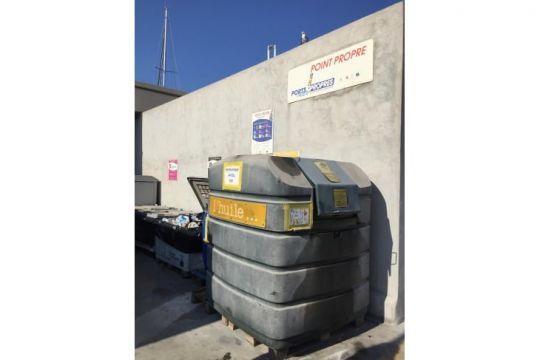
Going international
With the new approach, the authorities also intend to develop a standard beyond the borders, for the ports, but above all understandable for the boaters calling in France. There are nearly 1,000 ports in France that can follow this new standard; 473 as seaports and 500 river and lake ports.








